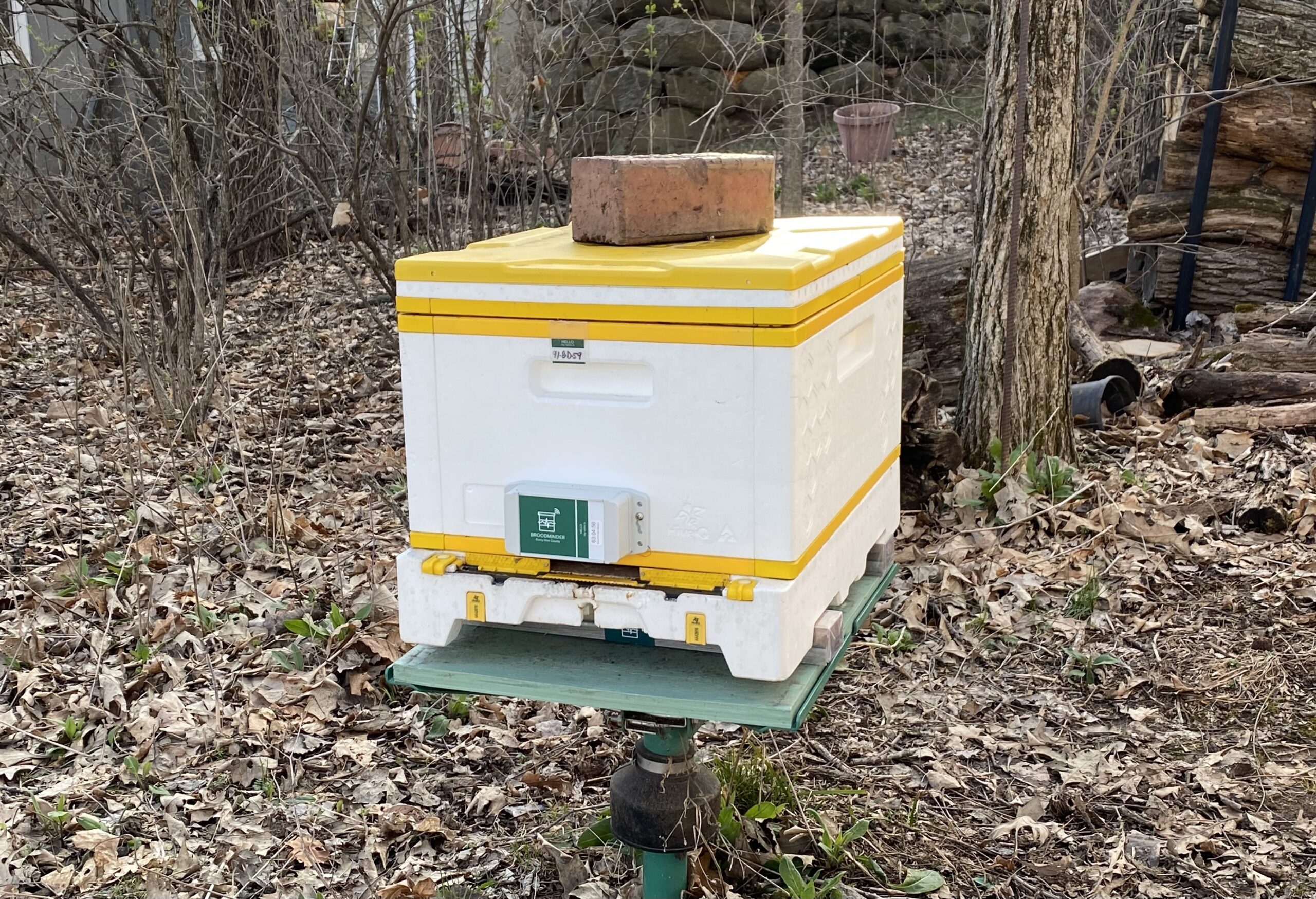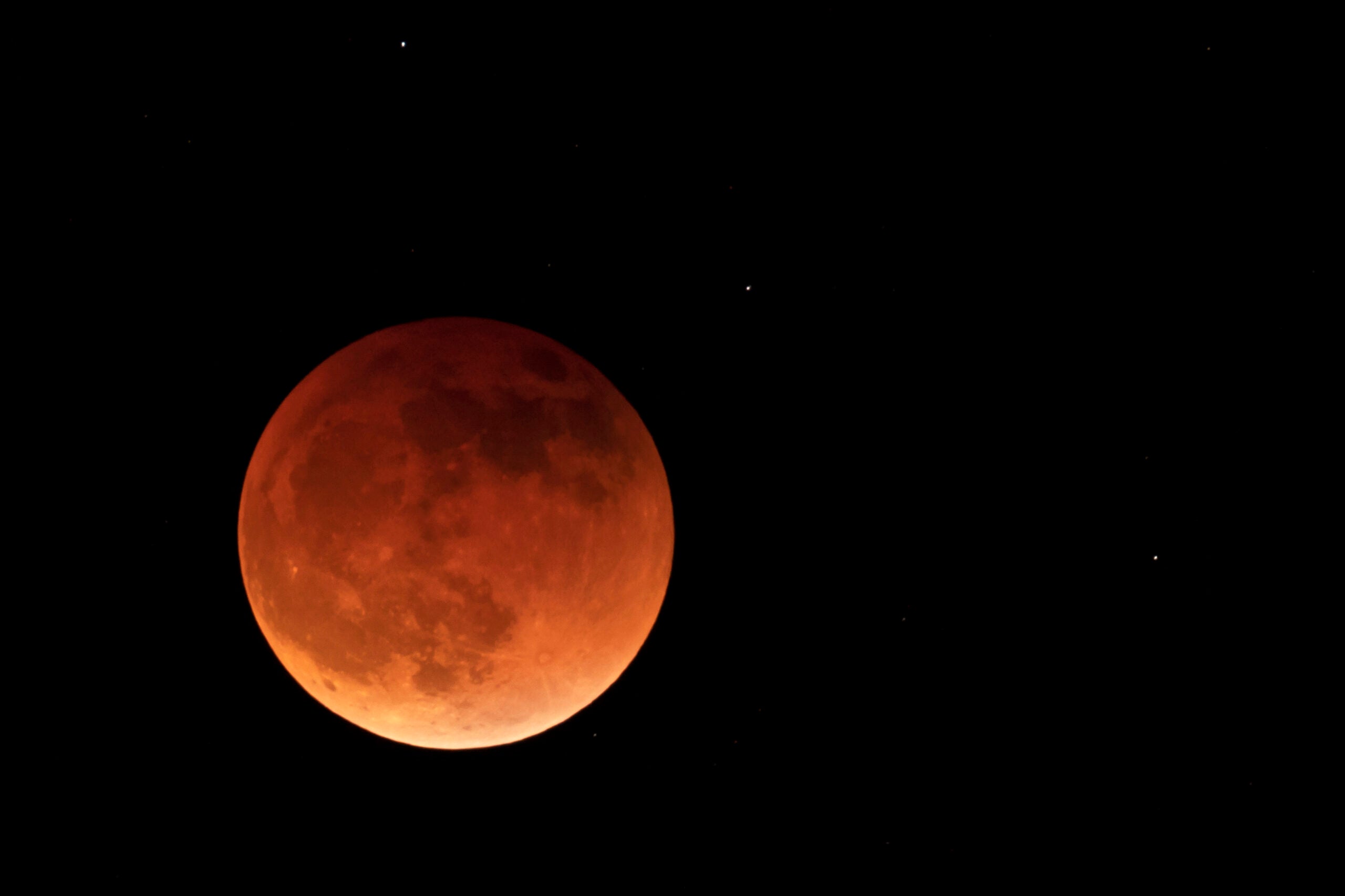In 2017, entomologist Barrett Klein was one of many people across the U.S. excited for the total solar eclipse.
He wondered what the rare cosmic event would mean for the world of insects that he studies at the University of Wisconsin-La Crosse.
“I thought, ‘My bees! I can see what activity levels or dancing behavior might be affected,’” Klein said.
News with a little more humanity
WPR’s “Wisconsin Today” newsletter keeps you connected to the state you love without feeling overwhelmed. No paywall. No agenda. No corporate filter.
Klein observed his hives in La Crosse, where the sun was about 83 percent covered in 2017, and compared his findings to other bee researchers. They recorded the bees’ waggle dance, a unique series of movements that are used to communicate the location of food to other members of a hive.
“I joked with my collaborators across the country that ‘let’s revisit this in seven years’,” he said. “And sure enough, we are.”
Another total eclipse will be visible from Texas to Maine on April 8, creating a 100-mile-wide path of darkness over 31.6 million people. This time, Klein and other Midwest bee researchers are recruiting beekeeping enthusiasts in the path of totality to collect data from their hives, a project nicknamed the ”BEEclipse.”
They’re partnering with Stoughton-based company BroodMinder to install 200 hive monitors, called BeeDar, in locations from Texas to northern Ohio, where bees are most likely to be active on the day of the eclipse.
Company founder Rich Morris said the monitors use radar to count the bees coming and going from the hive. It also measures acoustic activity to listen to a hive.
“If you’re a beekeeper, you know that as you manipulate the hive, or as things go on, the sound level changes dramatically,” Morris said. “We have sort of learned to read that over the years.”
Morris said they’ve recruited around 120 locations so far along the path of totality. They hope to ship the BeeDar out this week in order to collect some data ahead of the eclipse. The company is providing the monitors for only the cost of shipping, and Morris said they’ll make the data available on their public domain website.
“Quirky things happen, and it’s not always predictable how animals will behave, given this weird event.”
Barrett Klein

Eclipse research offers insight into bees’ response to light, temperature
The data collected on hive activity will complement the continued research by Klein and other insect researchers on what’s happening inside the hives.
Klein said scientific literature around the impact of solar eclipses on bees is sparse, with only a dozen published papers in the last century. None have looked at the waggle dance behavior inside of hives, setting this year’s study apart.
He said observing familiar organisms like bees during unusual cosmic events can sometimes lead to new understandings about how animals respond to environmental changes. Total solar eclipses not only affects light levels, but also temperature, offering a unique opportunity to measure how the bees respond.
“Quirky things happen, and it’s not always predictable how animals will behave, given this weird event,” Klein said, adding he observed some hints of unusual behavior in 2017 that he hopes to explore this year.
However they behave, Klein said April 8 will be U.S. scientists’ only opportunity to observe how bees react until 2044 when the next solar eclipse is visible in the country.
Wisconsin Public Radio, © Copyright 2025, Board of Regents of the University of Wisconsin System and Wisconsin Educational Communications Board.



